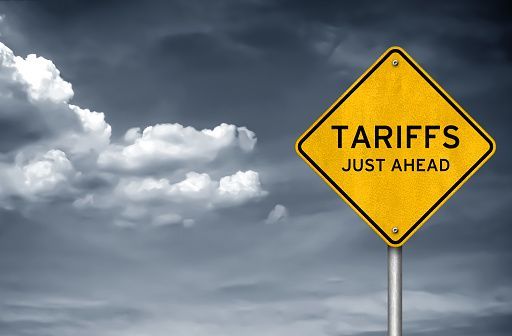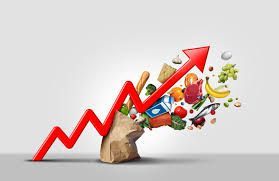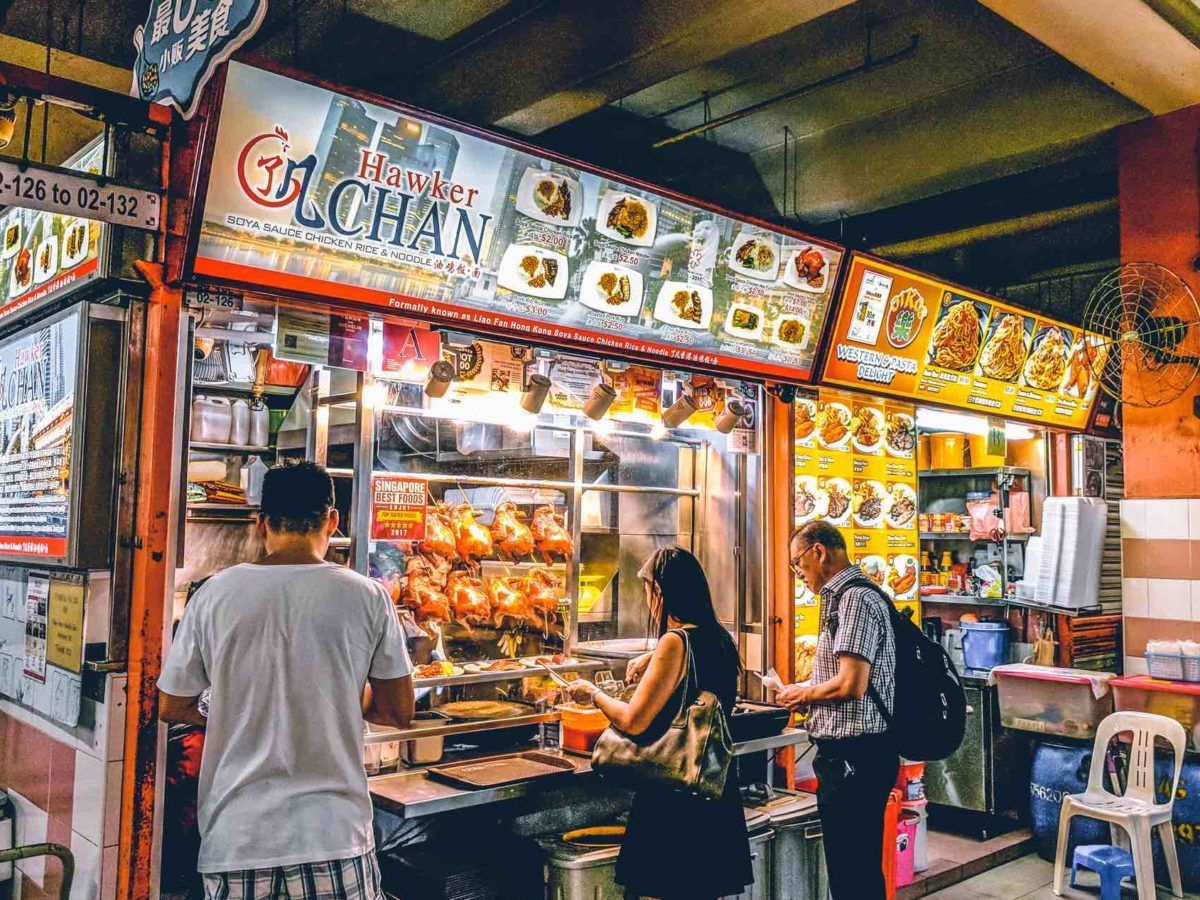
10 Types of Vouchers That Boosts Loyalty For Your Food Kiosk
In the competitive food kiosk market in Singapore, standing out and retaining loyal customers can be challenging. One effective way to boost customer loyalty and engagement is by implementing a voucher system. Vouchers, especially eVouchers, can be seamlessly integrated into your Customer Relationship Management (CRM) strategy, providing a significant boost to your loyalty program. Here are ten types of vouchers that can enhance loyalty for your food kiosk.
1. Welcome Vouchers
Welcome vouchers are a great way to make a positive first impression on new customers. When a customer joins your loyalty program, reward them with a welcome voucher offering a discount on their first purchase. This not only incentivizes the initial visit but also sets the tone for a rewarding customer experience. The initial discount can encourage customers to explore your menu and find their favorite items, setting the stage for future visits.
2. Birthday Vouchers
Celebrating your customers' special days can create a strong emotional connection. Send personalized eVouchers to your loyalty members on their birthdays, offering a free item or a significant discount. This thoughtful gesture will make them feel valued and more likely to return. Personalized birthday greetings combined with special offers can turn a regular day into a memorable experience, making customers feel appreciated and boosting their loyalty.
3. Referral Vouchers
Encourage your existing customers to bring their friends and family by offering referral vouchers. When a loyal customer refers a new member, both the referrer and the new customer receive a voucher. This strategy leverages word-of-mouth marketing and expands your customer base. Referral vouchers not only reward your current customers for their loyalty but also introduce new customers to your food kiosk, increasing your reach and potential customer base.
4. Seasonal Vouchers
Seasonal vouchers are perfect for capitalizing on festive periods and holidays. Offer limited-time discounts or special menu items through eVouchers during festive seasons like Chinese New Year, Hari Raya, or Christmas. These promotions can drive traffic and create a sense of urgency. Seasonal vouchers can also be themed to match the holiday, making them more appealing and relevant to your customers.
5. Milestone Vouchers
Reward your loyal customers for their continued patronage with milestone vouchers. Set specific spending or visit thresholds and offer vouchers when customers reach these milestones. For example, after ten visits, reward them with a free drink or a discount on their next purchase. Milestone vouchers encourage repeat visits and higher spending, as customers aim to reach the next reward level.
6. Feedback Vouchers
Customer feedback is crucial for continuous improvement. Encourage customers to share their experiences by offering a voucher in exchange for completing a survey or providing feedback. This not only helps you gather valuable insights but also shows that you value their opinions. Feedback vouchers can improve customer satisfaction by making them feel heard and appreciated, and the feedback collected can help enhance your services.
7. Loyalty Program Vouchers
Integrate vouchers into your existing loyalty program to enhance its effectiveness. Offer eVouchers as rewards for accumulating points or reaching specific tiers within your loyalty program. This encourages repeat visits and higher spending. Loyalty program vouchers create a structured incentive system, motivating customers to engage more frequently with your food kiosk to earn rewards.
8. Social Media Engagement Vouchers
Boost your online presence and engagement by offering vouchers for social media interactions. Encourage customers to follow your social media pages, share posts, or leave reviews in exchange for eVouchers. This not only increases your online visibility but also strengthens customer relationships. Social media engagement vouchers can also generate buzz and attract new followers, expanding your digital reach.
9. Flash Sale Vouchers
Create excitement and urgency with flash sale vouchers. Announce limited-time offers via email or your CRM platform, providing eVouchers that are only valid for a few hours or a day. This can drive immediate traffic to your food kiosk and boost sales. Flash sale vouchers capitalize on the fear of missing out (FOMO), prompting customers to act quickly and make spontaneous purchases.
10. Re-engagement Vouchers
Lure back inactive customers with re-engagement vouchers. Use your CRM system to identify customers who haven’t visited in a while and send them a special offer to entice them back. A well-timed eVoucher can reignite their interest in your food kiosk. Re-engagement vouchers can help rekindle relationships with lapsed customers, reminding them of what they enjoyed about your food kiosk and encouraging them to return.
Implementing a variety of voucher types can significantly boost customer loyalty for your food kiosk in Singapore. Integrating these vouchers into your CRM system ensures that they are targeted, personalized, and effective. From welcome vouchers to re-engagement offers, each type of voucher serves a unique purpose in enhancing customer loyalty and driving repeat business. Embrace these strategies to create a loyal customer base that keeps coming back for more.
Looking for a CRM solution to manage your voucher programs effectively? WhatsApp us or click here to send in an enquiry to learn how MINTY CRM can help your food kiosk thrive.
Interested in a CRM Based POS System, QR ordering or a standalone CRM membership system?
Send an Enquiry!
We will get back to you as soon as possible
Please try again later
You might also like


Location
160 Robinson Road SBF Center #26-02
Singapore 068914
Call
(+65) 6224 5788
WhatsApp Us
Click here to WhatsApp us

Navigation
Operating Hours
- Mon - Fri
- -
- Sat - Sun
- Closed
All Rights Reserved | Megasafe Technology Pte Ltd
